Stranded at sea
Do you know which U.S. President was left adrift in the Pacific Ocean?
Published on July 12, 2025
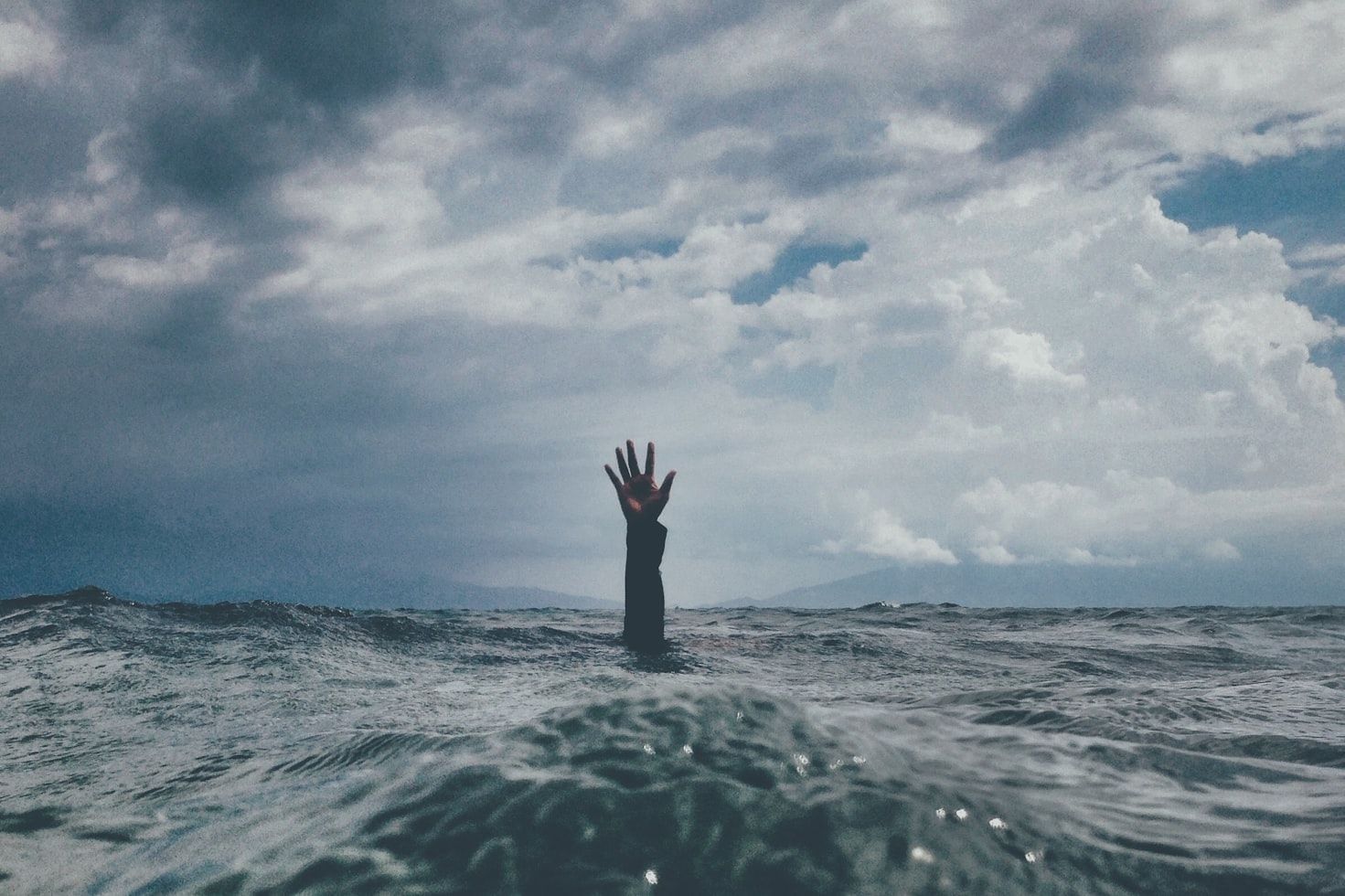 Credit: nikko macaspac
Credit: nikko macaspac
When we think of a shipwreck, the first thing that comes to mind is often a fictional character like Robinson Crusoe or the one played by Tom Hanks in Cast Away. However, throughout history, hundreds of real people have survived at sea or on deserted islands—often without water, food, or shelter. Here are 10 stories of brave adventurers who got lost in the ocean and survived against all odds.
Alexander Selkirk
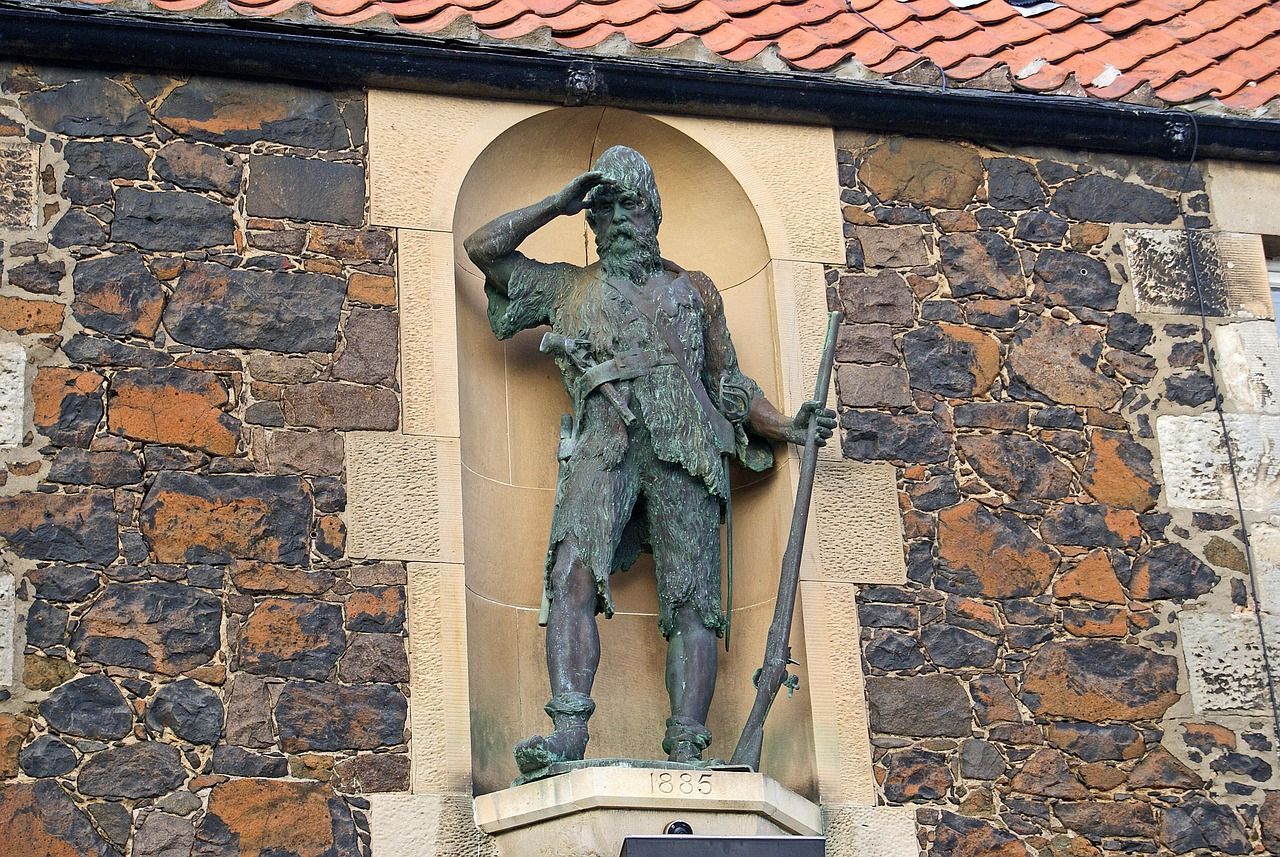 Credit: JTMorkis
Credit: JTMorkis
It is said that the story of Alexander Selkirk inspired Daniel Defoe to create his famous character, Robinson Crusoe. In 1704, this skillful Scottish sailor was on a buccaneering voyage in the South Pacific when he got fed up with a tyrannical captain who did not heed his warnings about the ship's poor safety.
Fearing for his life, Selkirk demanded to be put ashore at the next land they encountered. He was left on the uninhabited island of Más a Tierra, more than 400 miles off the west coast of Chile. As time passed and no rescue appeared, Selkirk realized he would have to make island life livable, with only rats, goats, and feral cats for company. After four years and four months, he was finally rescued by two British privateers.
Marguerite de La Rocque
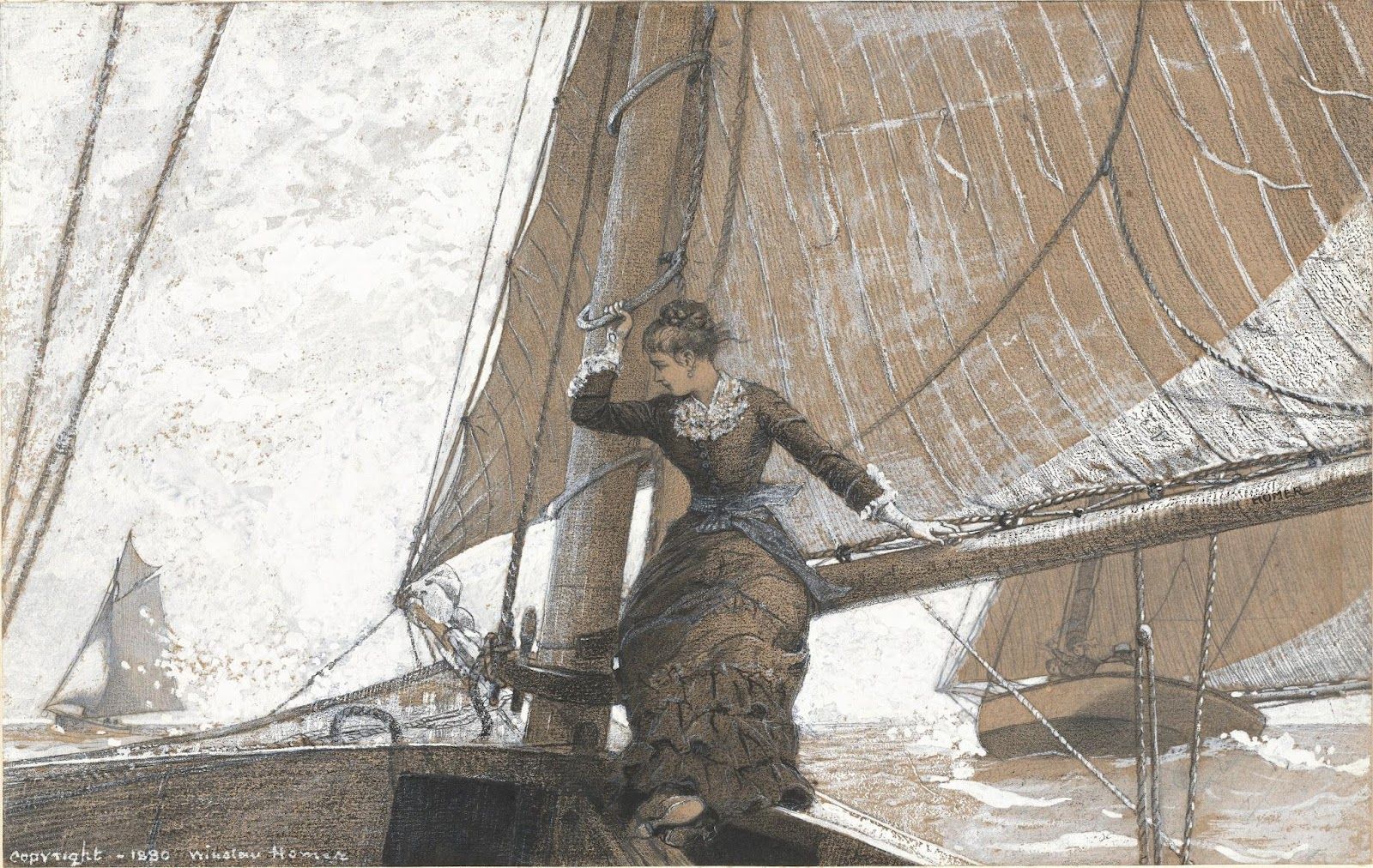 Credit: Winslow Homer, CC0, via Wikimedia Commons
Credit: Winslow Homer, CC0, via Wikimedia Commons
In 1542, 19-year-old French noblewoman Marguerite de La Rocque joined her uncle, Lieutenant General Jean-François Roberval, on an expedition to Newfoundland. During the journey, Marguerite fell in love with a young man. Her behavior was deemed unacceptable, so she was marooned—along with her lover and a maid—on the "Isle of Demons," off the east coast of Quebec.
Everyone except Marguerite eventually died. She lived in a cave and survived by hunting wild animals. After two years, she was rescued by Basque fishermen. Upon returning to France, the young castaway became famous thanks to the Queen of Navarre, who documented her story in 1558.
Captain Charles Barnard
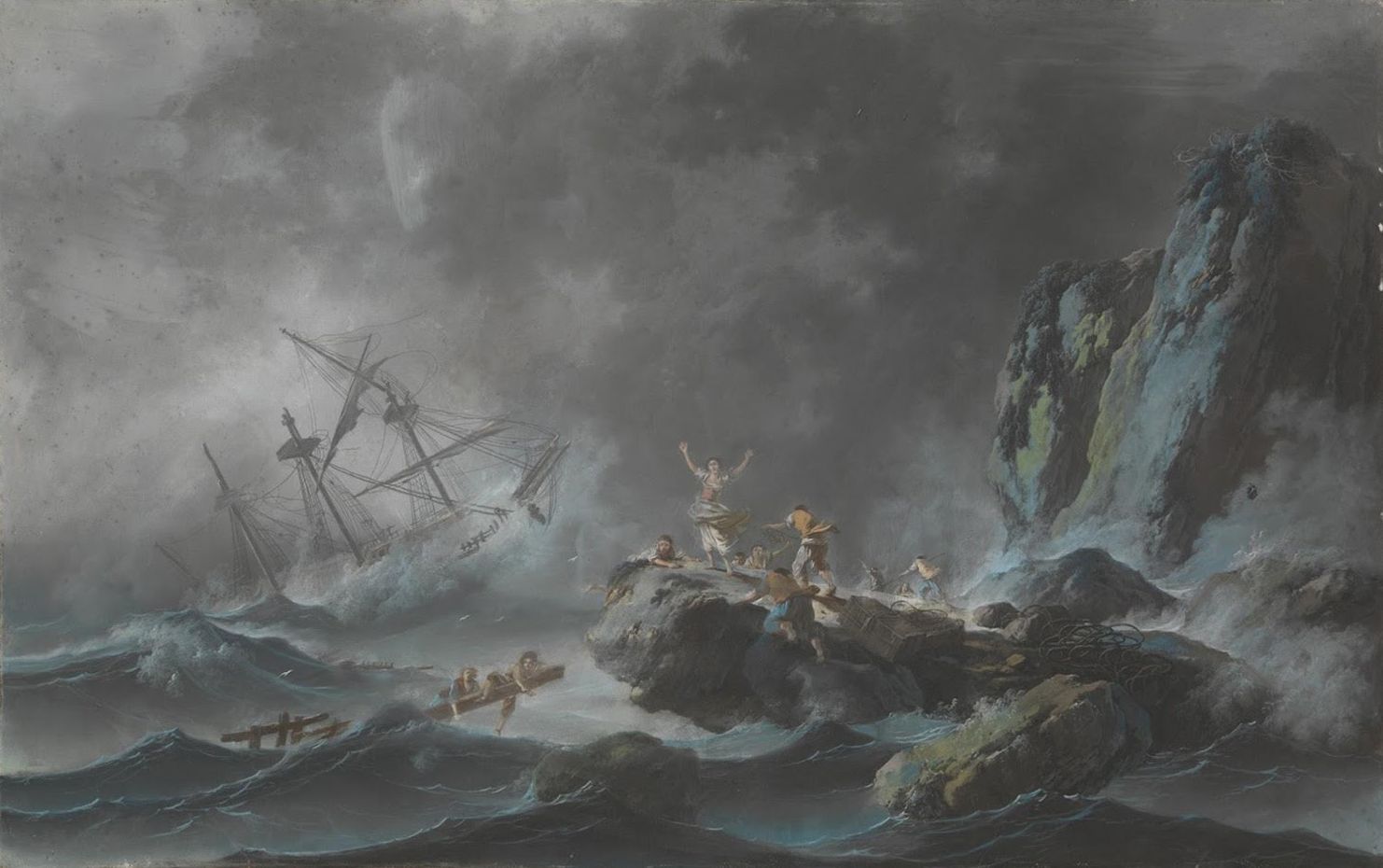 Credit: Jean-Baptiste Pillement, CC0, via Wikimedia Commons
Credit: Jean-Baptiste Pillement, CC0, via Wikimedia Commons
In 1812, American Captain Charles Barnard discovered the crew of the British ship Isabella, which had sunk off one of the Falkland Islands—an archipelago in the South Atlantic Ocean. Realizing that the additional passengers would require more provisions, Barnard went out to search for food.
During his absence, the British crew took over his ship, the Nanina. Barnard and his party were abandoned by the very castaways they had saved. After surviving for 18 months on Eagle Island, they were finally rescued in November 1814.
Juana Maria
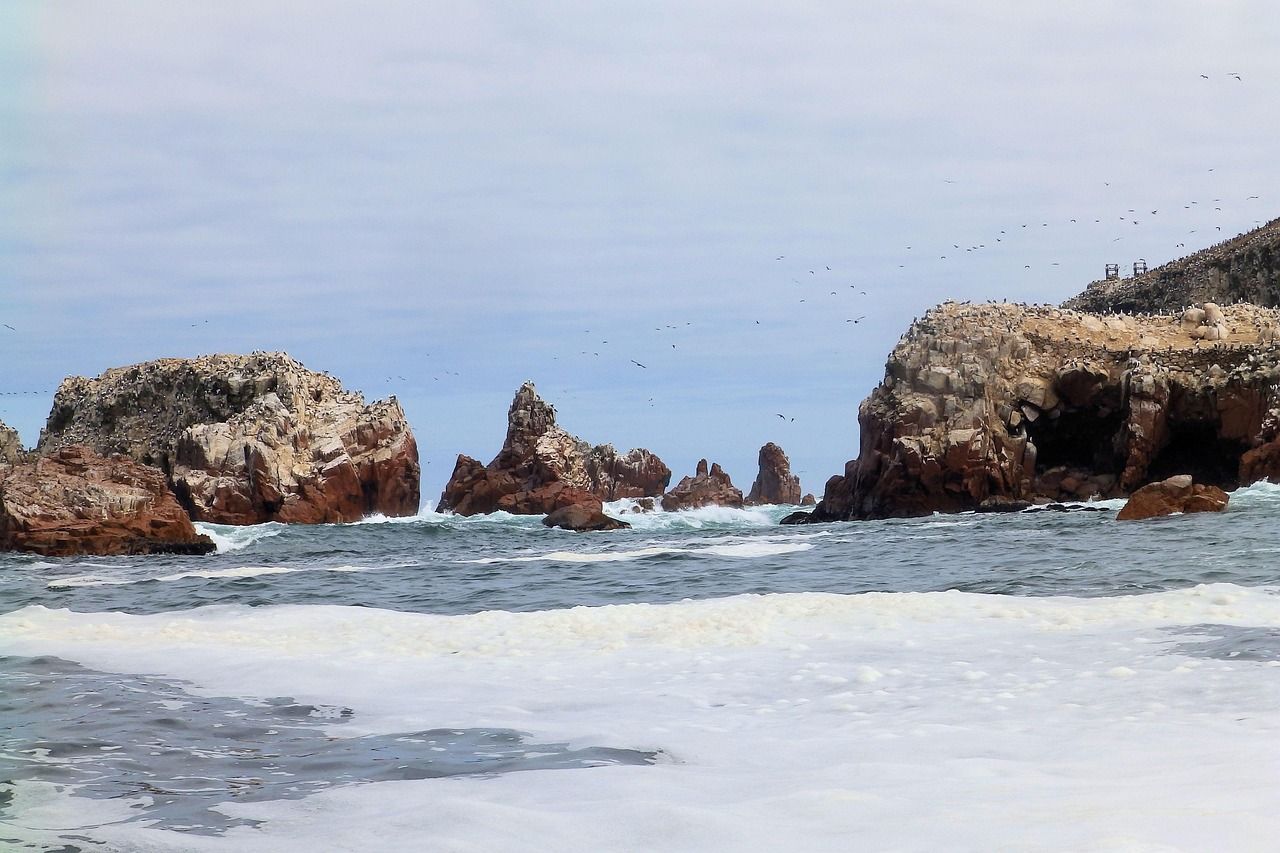 Credit: WaSZI
Credit: WaSZI
Juana Maria, better known as the Lone Woman of San Nicolas Island, was a Native Californian. In 1835, when the few surviving members of her tribe, the Nicoleño, were relocated from the island off the coast of Alta California to the mainland—intended to protect them from ongoing attacks by Russian sea otter hunters—Juana Maria was accidentally left behind.
Eighteen years later, in 1853, a party of men found her alive and well. She had been living in a shelter made from whale bones and wore a dress sewn from cormorant skins. She was brought to Santa Barbara, California, but unfortunately, the change in diet and environment affected her health. Juana Maria contracted dysentery and died just seven weeks later.
John F. Kennedy
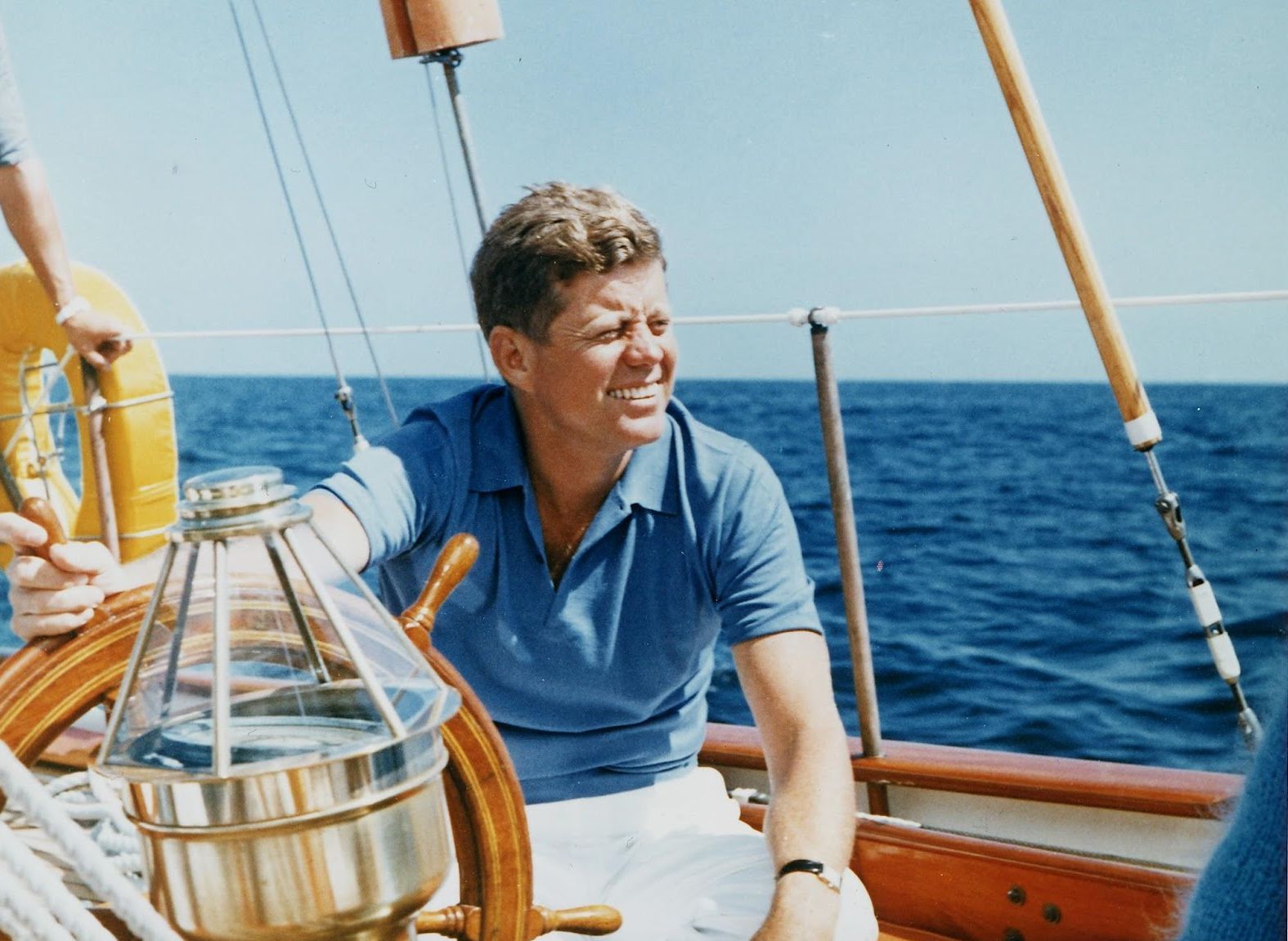 Credit: Robert LeRoy Knudsen, Public domain, via Wikimedia Commons
Credit: Robert LeRoy Knudsen, Public domain, via Wikimedia Commons
Did you know that long before he became president, John F. Kennedy went adrift in the South Pacific? In 1943, the 26-year-old was commanding PT-109 when a Japanese destroyer suddenly emerged and cut the craft in half. Two of the 13-member crew were killed, and two others were badly injured.
The survivors clung to the drifting bow for hours. Escaping sharks and other dangers, they swam three and a half miles to the tiny, deserted Plum Pudding Island. Kennedy and his men were finally rescued after surviving for seven days on coconuts.
Ada Blackjack
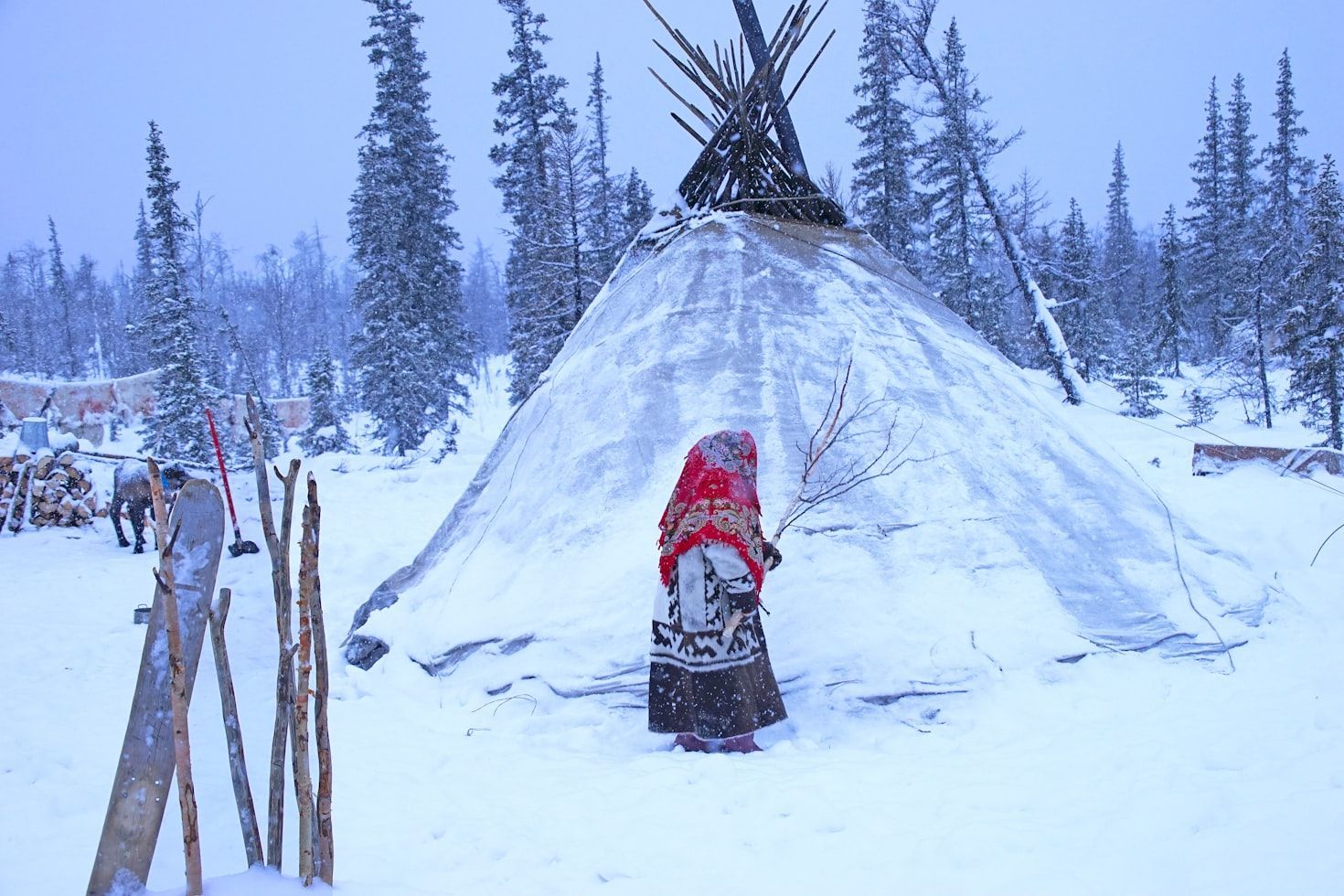 Credit: Hans-Jurgen Mager
Credit: Hans-Jurgen Mager
In the fall of 1921, Ada Blackjack, a 23-year-old Iñupiat woman, desperately needed money to care for her son, who was suffering from tuberculosis. She took a job as a cook and seamstress on Canadian explorer Vilhjalmur Stefansson’s expedition to Wrangel Island, north of Siberia.
The plan was to stay for one year; however, the men were unable to find enough food and began to starve. In January 1923, three of them left to seek help, leaving Ada to care for the fourth man, who was sick with scurvy. The three were never heard from again, and the man she was caring for eventually died. Ada learned how to survive on her own until she was rescued in August 1923.
Luis Alejandro Velasco
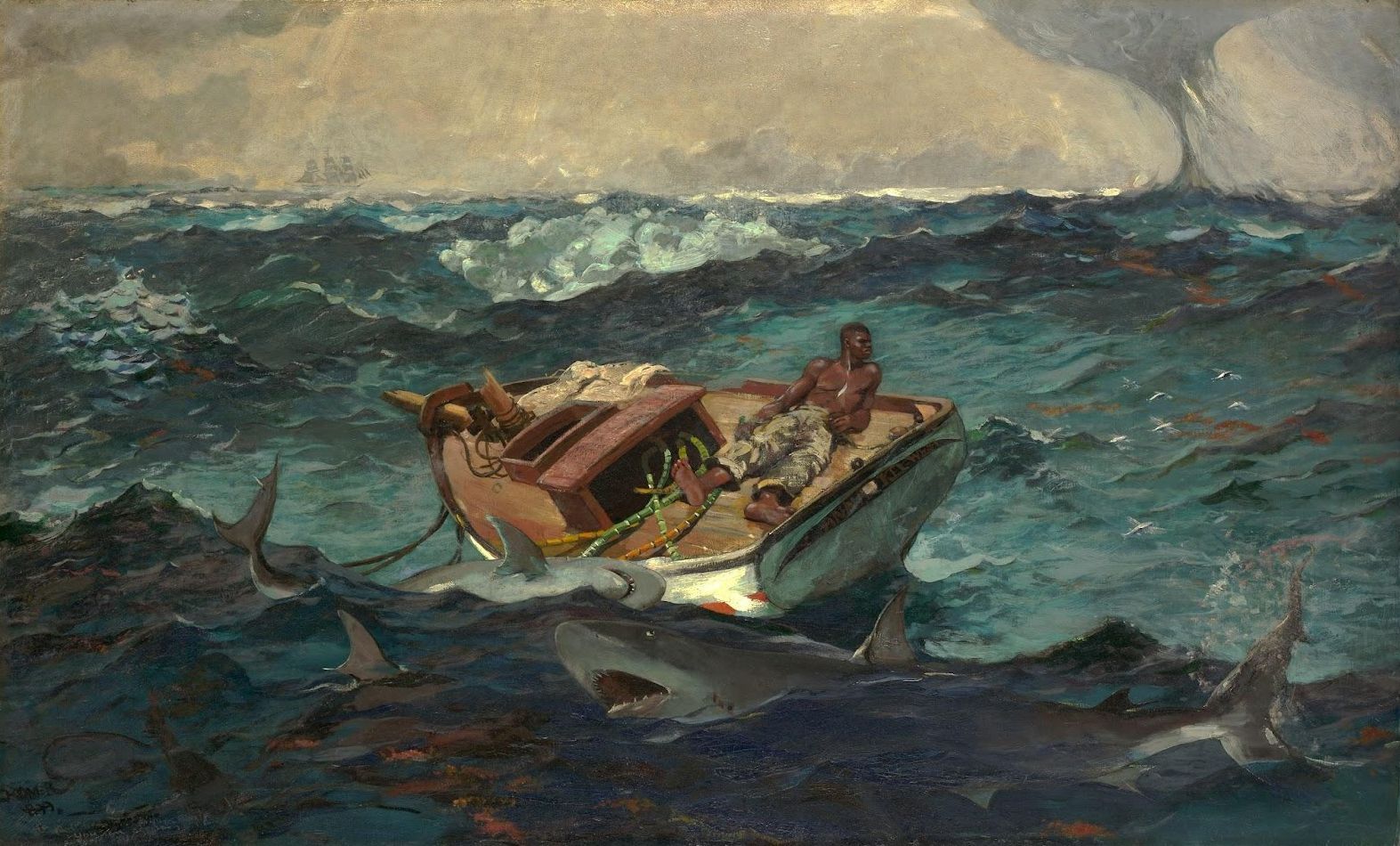 Credit: Winslow Homer, CC0, via Wikimedia Commons
Credit: Winslow Homer, CC0, via Wikimedia Commons
The story of Luis Alejandro Velasco was brilliantly portrayed in the non-fiction book The Story of a Shipwrecked Sailor by Colombian writer and Nobel laureate Gabriel García Márquez. In 1955, after setting sail from Mobile, Alabama, Velasco’s ship was wrecked in the Caribbean.
The rest of his ordeal is best summed up by the book's full title: The Story of a Shipwrecked Sailor: Who Drifted on a Liferaft for Ten Days Without Food or Water, Was Proclaimed a National Hero, Kissed by Beauty Queens, Made Rich Through Publicity, and Then Spurned by the Government and Forgotten for All Time. Quite an adventure, don’t you think?
Steven Callahan
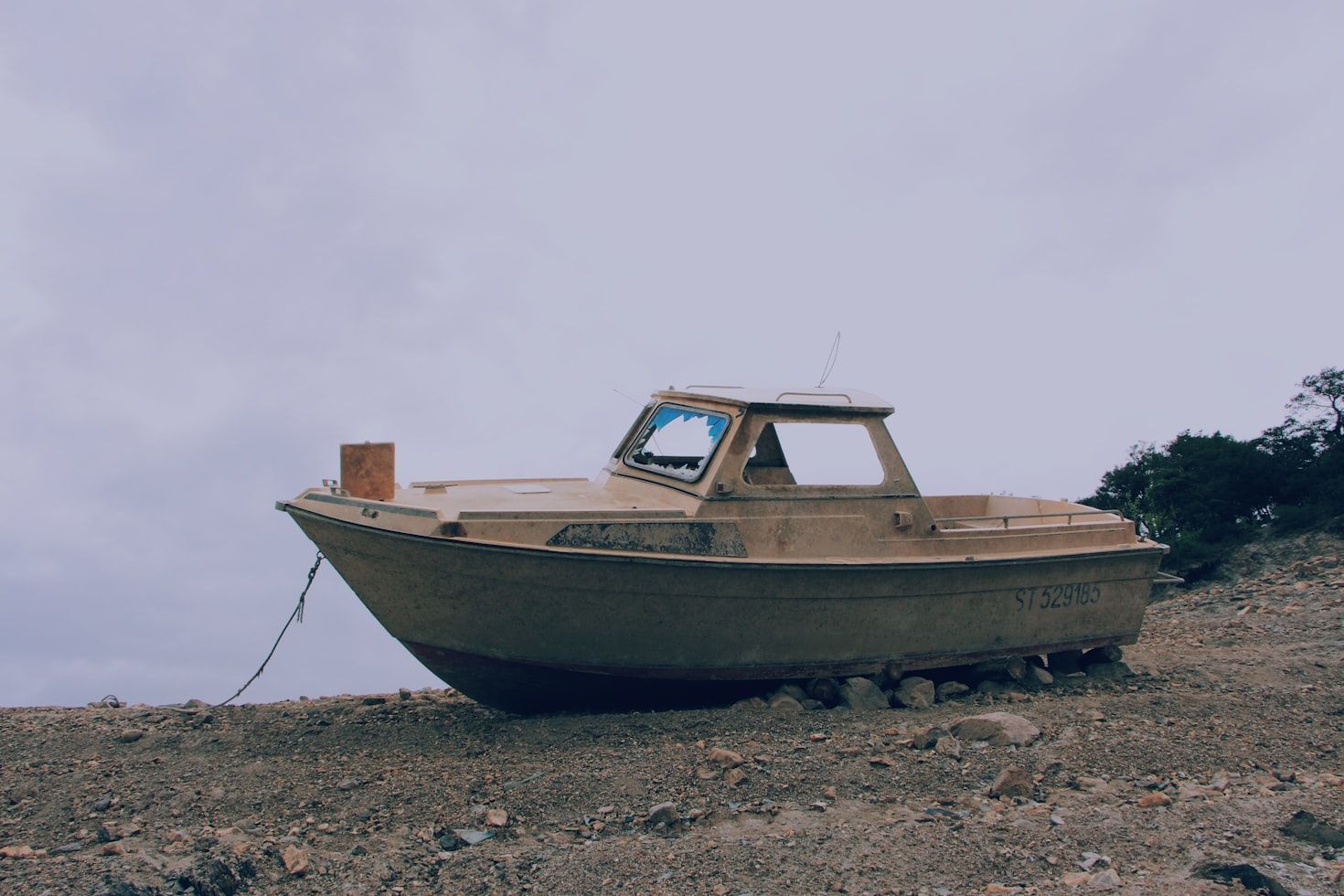 Credit: Maël BALLAND
Credit: Maël BALLAND
In the fall of 1981, American naval architect and sailor Steven Callahan set out from Cornwall, in southwest England, bound for Antigua in the Caribbean. During a night storm, his 21-foot sloop, the Napoleon Solo, was badly damaged and began to take on water. Unable to remain aboard, he resorted to an inflatable life raft, on which he drifted for 76 days.
To survive, he collected rainwater, drank turtle blood, and ate fish eyes. Finally, on April 20, 1982, sailors off the coast of Marie-Galante, near Guadeloupe, spotted and rescued him. He had lost a third of his body weight and could barely stand. It took him six weeks to recover in a local hospital. Four years later, Callahan recounted his ordeal in the best-selling book Adrift: Seventy-Six Days Lost at Sea.
Marilyn and Maurice Bailey
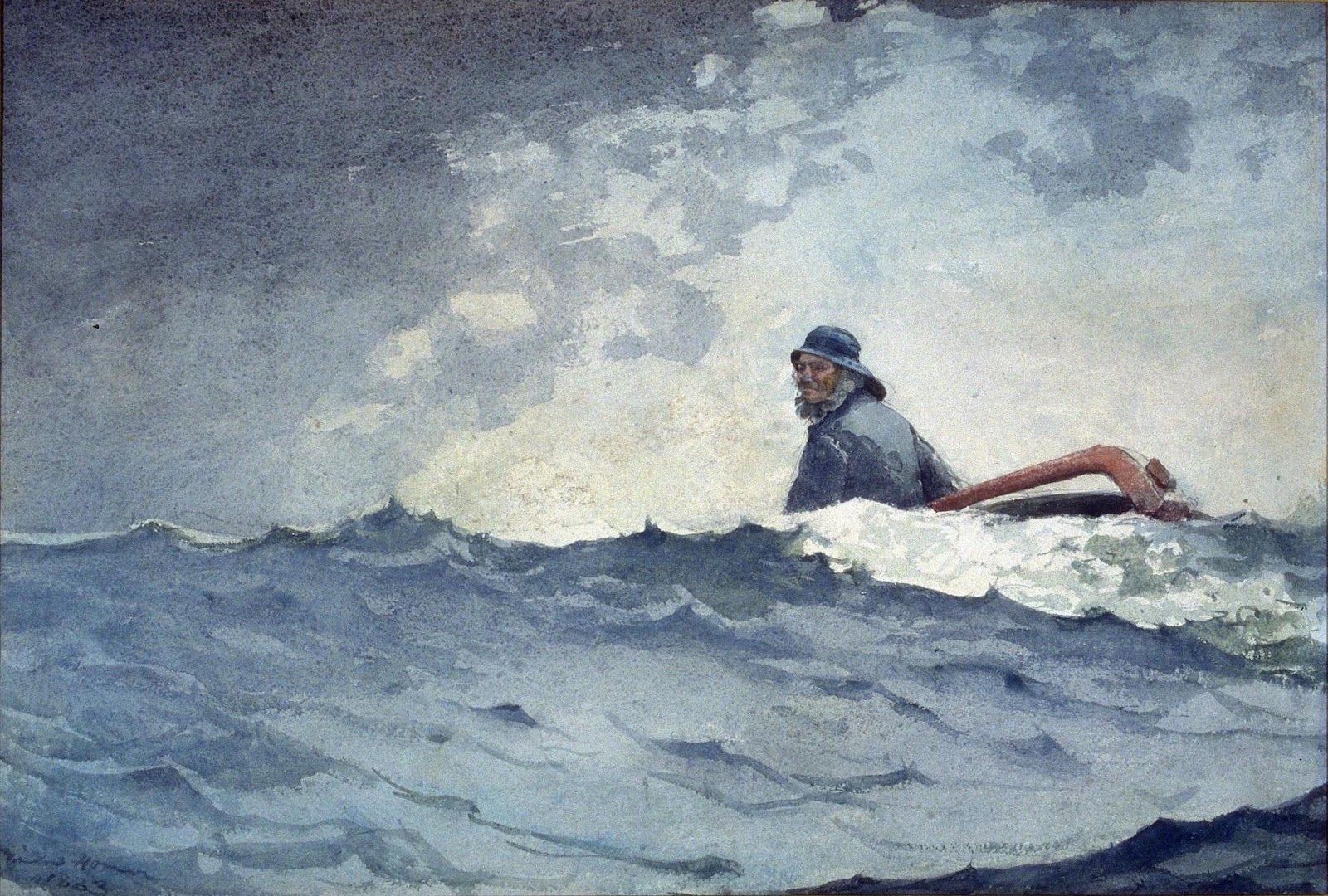 Credit: Winslow Homer, Public domain, via Wikimedia Commons
Credit: Winslow Homer, Public domain, via Wikimedia Commons
In 1973, British couple Marilyn and Maurice Bailey set sail on a 31-foot yacht from Southampton, England, to New Zealand. On March 4, after safely crossing the Panama Canal, their vessel was rammed by a whale, forcing them to continue their journey in a small inflatable life raft.
The couple was stranded in the Pacific Ocean with little food, a few flares, and a compass. They collected rainwater and, when their supplies ran out, survived by eating birds, fish, and even turtles. After 117 days at sea—exhausted, malnourished, and near death—they were finally rescued by a Korean fishing vessel.
José Salvador Alvarenga
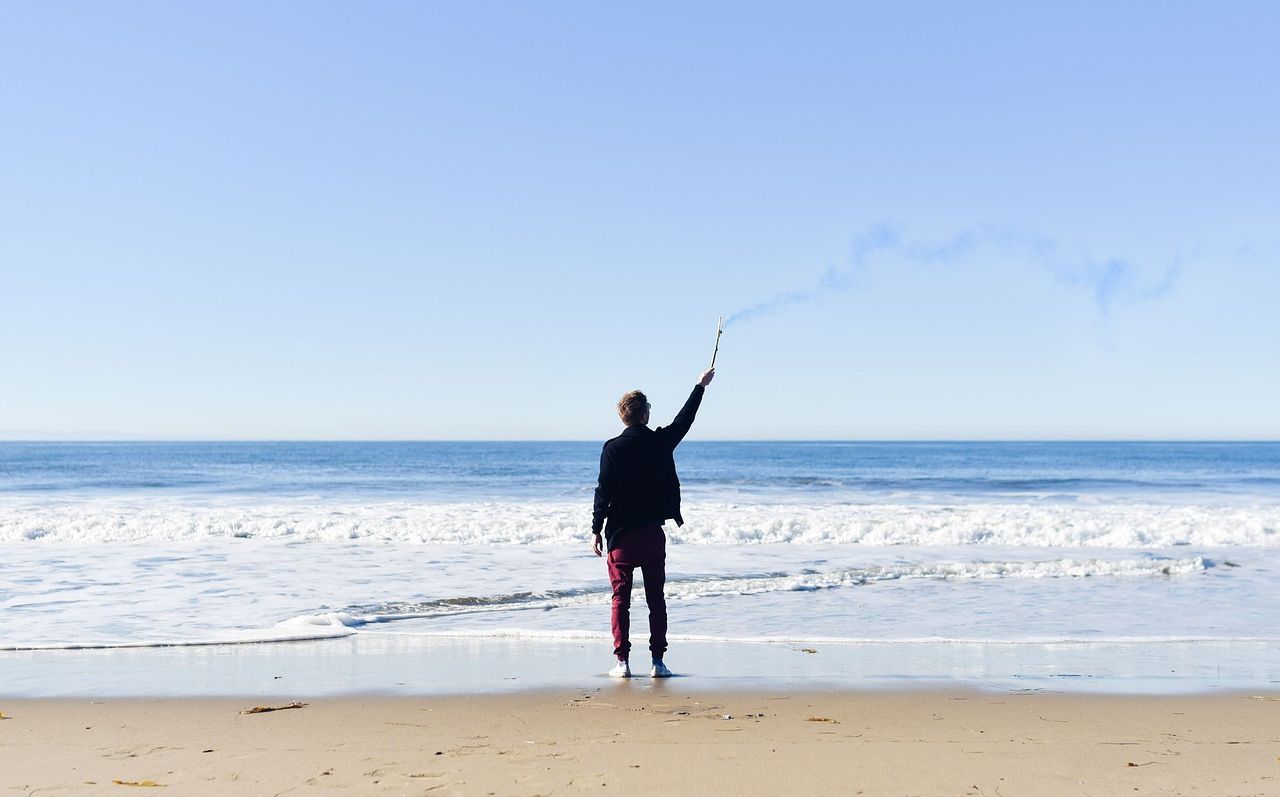 Credit: SnapwireSnaps
Credit: SnapwireSnaps
José Salvador Alvarenga, an experienced Salvadoran sailor and fisherman, holds the record for the longest solo survival at sea: he spent 438 days adrift in the Pacific Ocean. On November 17, 2012, he set sail from a fishing village in Mexico with an inexperienced companion. Shortly after, a storm hit their 23-foot topless fiberglass skiff, destroying the engine and throwing them off course.
They drifted for months, surviving on rainwater and eating raw fish, turtles, and small birds. His companion refused to eat and eventually died of starvation. But Alvarenga never gave up hope. More than a year after their departure, he spotted land, swam ashore, and found himself on one of the Marshall Islands—on the opposite side of the Pacific from where he had started.












